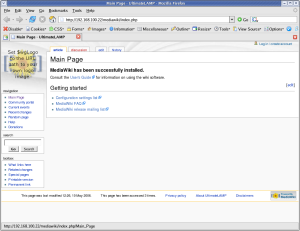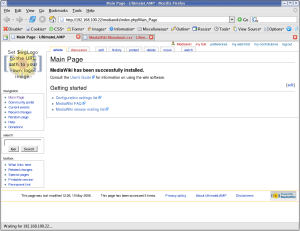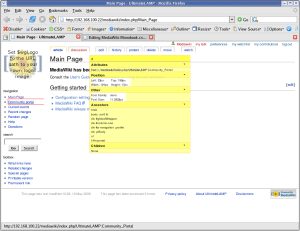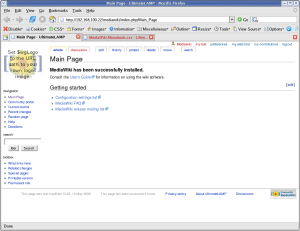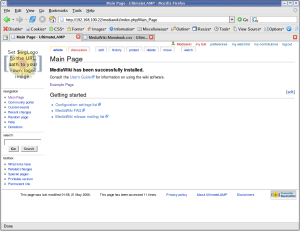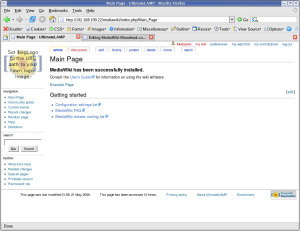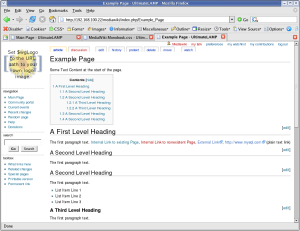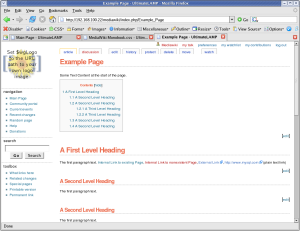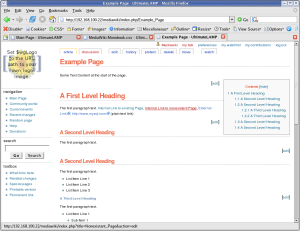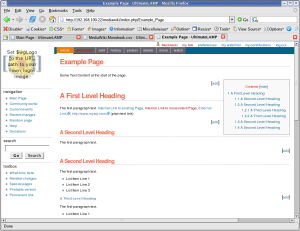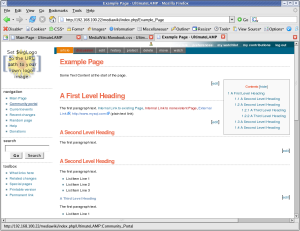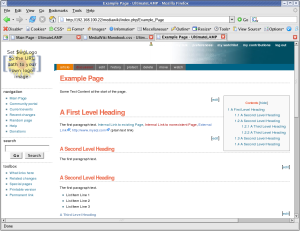Lessons from going freemium: a decision that broke our business
As an entrepreneur always considering how to produce a sustaining passive revenue, what licensing model to use, and how to acquire and retain customers, the allure of a freemium model is ever present in so many offerings. You may wish to read this article and look at the visualizations provided with the narrative. I found this a useful data storytelling example.
The allure of seeing a new product is the strongest motivator new users have to complete setup. If you make onboarding too easy, they’ll never come back to do the hard task you let them skip.
Read more at Lessons from going freemium: a decision that broke our business Source: TLDR
Newsletters and online content creators
Lenny’s Newsletter from the prior article, listed with over 574,000 subscribers is one of several Substack newsletters I subscribe to. Substack is described as “The subscription network for independent writers and creators”. I have been collecting the number of subscribers from several newsletters I follow, however, there is no way to see that growth over time. Also missing are the price rates over time and the ratio of free to paying subscribers. Random Idea: What is missing is a history of this information. Other stats I’ve noted previously include 66,000 subscribers for Kent Becks Newsletter with 3 subscription plan offerings, 1,250,000 subscribers for the free TLDR (I can remember this years ago being much less) and 65,000 subscribers for the Seattle Data Guy newsletter.
FWIW this post from Lenny’s Newsletter This newsletter is growing up is from 2020.
Golden Kitty Awards 2022
I came across the Golden Kitty Awards, which unfortunately are only current to 2022 (fail on being current). It was interesting to scan the list for innovative ideas. I’ve yet to visit any sites, but I’m always encouraged by what people think of and commit to building, regardless of the motivation or incentive. What counts is an entrepreneur takes an idea and releases a product.
Source: Random
Streamer JS – Video stream layout manager for OBS Studio and other streaming applications.
I am a new user of Twitch streaming for personal projects. My good friend Sergey Chernyshev organizer of the large New York Web Performance Group has created Streamer JS as a means to drive more dynamic content in the browser and with common languages of HTML/CSS/Javascript and using OBS more as the streaming only component. One objective is better version control management of assets/scenes/sources/filters/etc. It’s interesting that PouchDB is an eventually consistent distributed datastore in Javascript. Yet another simple data store to review for suitability.
Source: Word of mouth
The 37th Chaos Communication Congress (37C3) by the Chaos Computer Club
Last month I was introduced to the Chaos Computer Club. This large German-based annual tech conference focuses on security & infrastructure/hacking. Over 100 talks from the most recent event last week have been posted here.
Source: Word of mouth
About ‘Digital Tech Trek Digest’
Most days I take some time early in the morning to scan my inbox newsletters, the news, LinkedIn, or other sources to read something new covering professional and personal topics of interest. Turning what I read into actionable notes in a short, committed time window summarizes what I learned today, what I should learn and use, or what is of random interest. And thus my Digital Tech Trek.
Some of my regular sources include TLDR, Forbes Daily, ThoughWorks Podcasts, Daily Dose of Data Science and BoringCashCow. Also Scientific American Technology, Fareed’s Global Briefing, Software Design: Tidy First? by Kent Beck to name a few.
